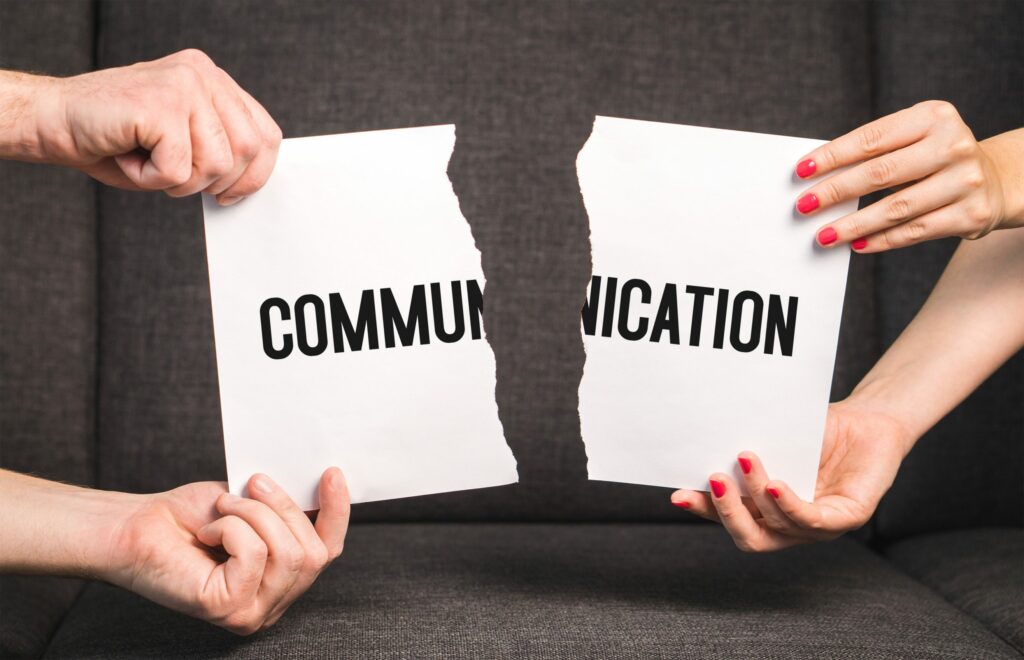What you don’t know can hurt you. This is especially true when it comes to nonverbal communication! Nonverbal communication is a powerful way of talking with people. There are many ways in which we communicate this way. There are many ways to communicate without using words. Many people do this when they are in a hurry or need to say something that is not polite. There are some examples of this below.
Contents
What Is Nonverbal Communication?

Nonverbal communication is when people communicate without using words. People usually do this by using their bodies. Many different ways that people communicate without talking. One way is with their face and eye contact. Another way is to use whistles and hand gestures. Nonverbal cues can express a variety of emotions including happiness, sadness, fear, anger, and surprise.
How Can Nonverbal Communication Hurt Your Business?
Nonverbal communication is how people communicate without talking. Nonverbal communication is showing what you are thinking or feeling without words. It can cause problems because you won’t know how other people are feeling. People need to be able to talk when they are in charge. But not just with words. If someone does not understand what the other person is saying, they may want to use their body language. If you don’t pay attention to nonverbal cues, your employees may feel like they aren’t being heard or understood. The bottom line is that nonverbal communication can cause harm when it isn’t understood by the other party in a conversation.
Examples Of Nonverbal Communication
Eye contact

Eye contact is one of the most important aspects of nonverbal communication. When you make eye contact with someone, you are showing that you are interested in what they have to say. You are also indicating that you are trustworthy and credible. If you break eye contact, it can be seen as a sign of disrespect or lack of interest.
Facial expressions

Facial expressions are another important way to communicate without words. When you smile, you are showing that you are happy or friendly. If you frown, you are indicating that you are unhappy or angry. Facial expressions can also give away a person’s feelings of sadness, fear, surprise, and disgust.
Posture

Your posture can communicate a lot about your feelings and thoughts. If you fold your arms, it can indicate that you are feeling closed off or defensive. You may feel like blocking people off if they are getting too close to you.
Gestures
If someone makes hand gestures when they speak, this could mean that they’re enthusiastic about what they’re saying. They could also be emphasizing a point that is important to them. If someone makes hand gestures, but their palms are facing down, this can indicate that the person feels shy or timid.
Haptics
A lot of information about nonverbal communication comes from haptics (physical touch). When you shake hands with someone, it shows respect and friendliness towards another individual. Haptic cues can show how close people are. When people have a meeting, sometimes they have a handshake. It’s a way of being close to someone. Some people feel sad because they don’t have enough hugs. Other people may have too many hugs and may be overwhelmed with the love they feel for the person hugging them.
How To Be More Aware Of Nonverbal Communication?
Being aware of nonverbal communication is important. There are some situations where it can be very beneficial if you notice what someone else’s body language tells about how they feel. For example, when your boss comes into the room and doesn’t make eye contact with you. You might not want to ask them questions or talk about something important because they aren’t making much effort to communicate with you.
Nonverbal communication is a crucial part of how we interact with one another on a daily basis. It can indicate someone’s emotions and thoughts in ways that words cannot convey. If people don’t know about nonverbal cues, they might not understand what other people are trying to say. This could lead to problems at work and home.
Benefits Of Nonverbal Communication

- Nonverbal communication can show someone’s feelings and emotions.
- It can help people understand what others are trying to say.
- Nonverbal communication can be used in business meetings, job interviews, and other important conversations.
- People need to be aware of nonverbal cues in order to better understand the person they are talking to.
- If someone is good at reading nonverbal communication, they could gain an advantage in their professional or personal life.
- Nonverbal communication can be used to show someone that you are interested in them.
- It can be used as a way of being close to someone.
- Nonverbal cues can help people understand when someone is sad, happy, angry, or afraid.
- People use nonverbal communication all the time without realizing it.
- Nonverbal communication is the way people communicate without speaking. It can help people read and understand other people’s thoughts and feelings.
Conclusion
Nonverbal communication is a process in which people communicate without the use of words. It’s important to understand how nonverbal cues can be used by both you and your customers, as they’re an integral part of today’s society. In order to do this effectively, it’s essential that we pay attention to our own body language when communicating with others so that we don’t accidentally send mixed messages or have unintended consequences due to misinterpretation. If you find yourself struggling with understanding someone else’s signals, try asking them questions back instead of assuming what they think–this will help clear up any confusion quickly!
If you are looking for affordable Online Counseling MantraCare can help: Book a trial therapy session



